Source: https://www.world-nuclear-news.org/Articles/International-team-reviews-Uganda-s-uranium-explor
The team of experts assessed Uganda's capabilities to develop a uranium exploration programme and eventually to mine uranium for a domestic nuclear power programme.
The International Atomic Energy Agency (IAEA)-led Integrated Uranium Production Cycle Review (IUPCR) mission, conducted with the support of the IAEA's technical cooperation programme, evaluated the status of the infrastructure Uganda will need to support uranium exploration as the first phase of a uranium production cycle programme. It was carried out at the request of the Ugandan government.
The team of experts from Argentina, Australia, France, Namibia and the IAEA reviewed 16 key aspects, including human resource capacity and the regulatory framework, and recommended steps that can be taken to bring Uganda closer to realising its nuclear energy goals, which include a domestic supply of uranium. Eighty-two participants, mainly from Uganda’s Ministry of Energy and Mineral Development, were involved in mission activities.
Only about half of Ugandans currently have access to electricity. The government has set a goal of achieving an electricity access rate of more than 99% by 2030, and is aiming for nuclear power generation by 2031, with the help of domestically sourced uranium.
IUPCR missions form part of the IAEA's Milestones Approach for countries that are newcomers to nuclear energy. The missions assist IAEA member countries in the development of infrastructure for national uranium production programmes, through all phases of the uranium production cycle. The Agency said this was the first mission of its kind.
Several areas in Uganda have been identified as potentially uranium-rich, though no proven resources are currently known.
"The potential discovery of a uranium deposit and subsequent development of uranium resources in Uganda presents an exciting opportunity for the country to support its ambition to introduce nuclear power into its energy mix," said Adrienne Hanly, the IAEA's Technical Lead for Uranium Resources and Production. "While significant work remains to be done, the Ministry of Energy and Mineral Development now has a solid understanding of what is required to succeed in evaluation of the country’s uranium occurrences and the next steps needed to get there."
The IUPCR team recommended that Uganda should ensure the development of skilled personnel for uranium exploration and establish a robust and well-funded exploration programme to accelerate the discovery, assessment and development of potential uranium resources.
"The government of Uganda is committed to adopting international best practices and this IAEA mission will ensure uranium exploration is done according to international standards," Minister of Energy and Mineral Development Ruth Nakabirwa Sentamu said.
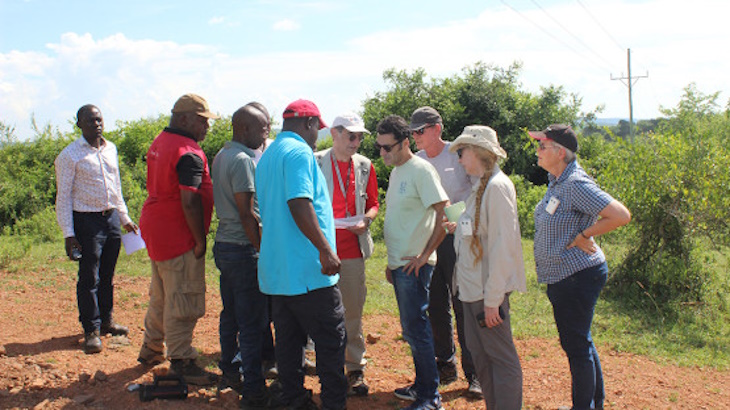
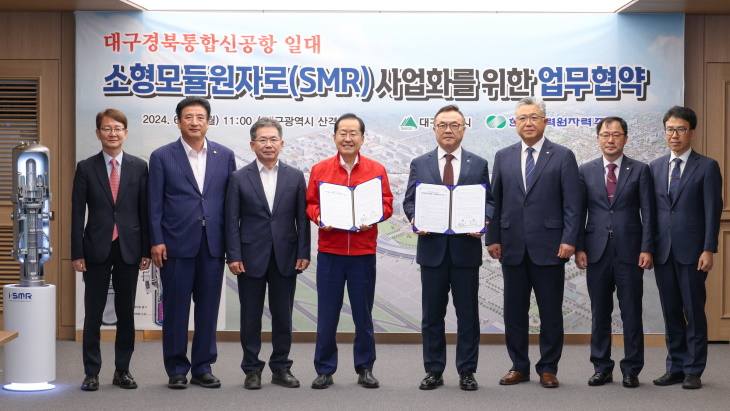

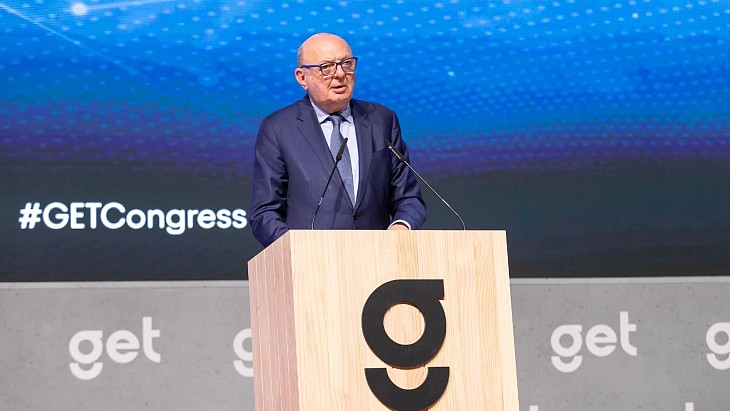
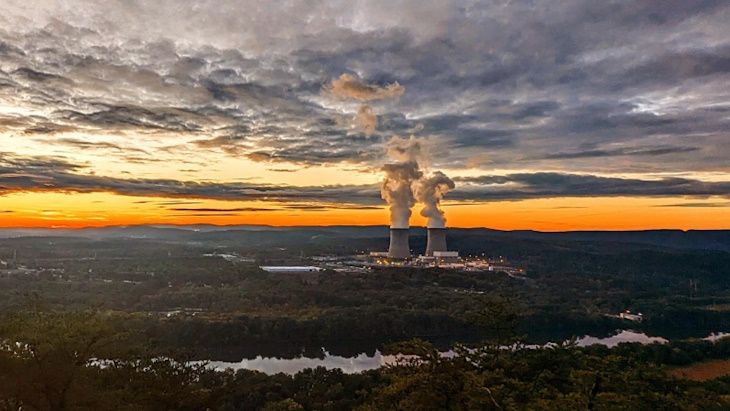
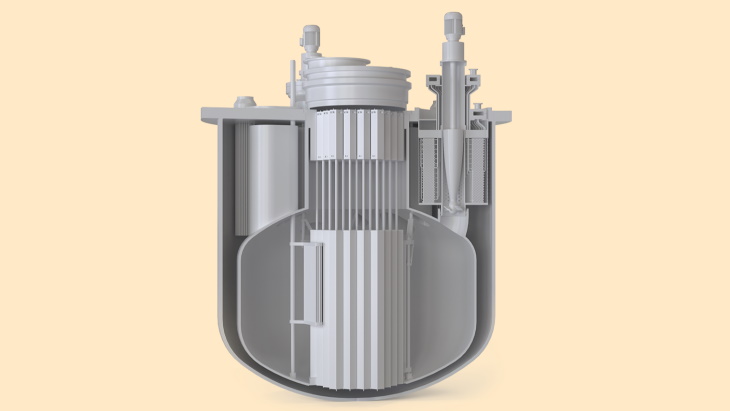
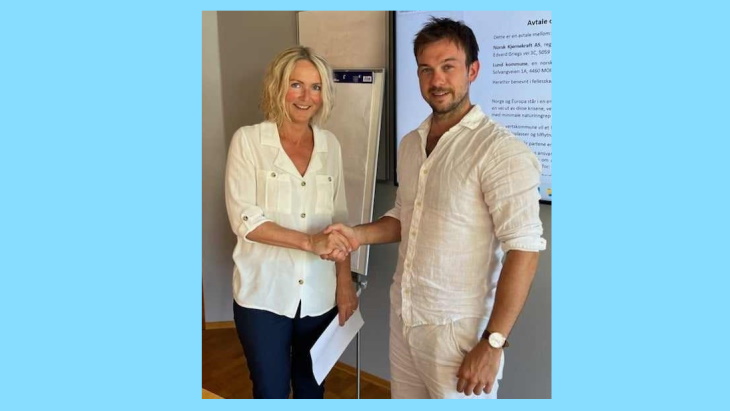
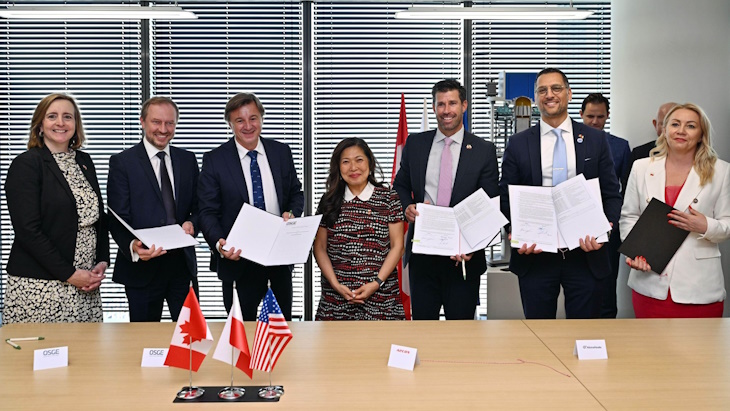
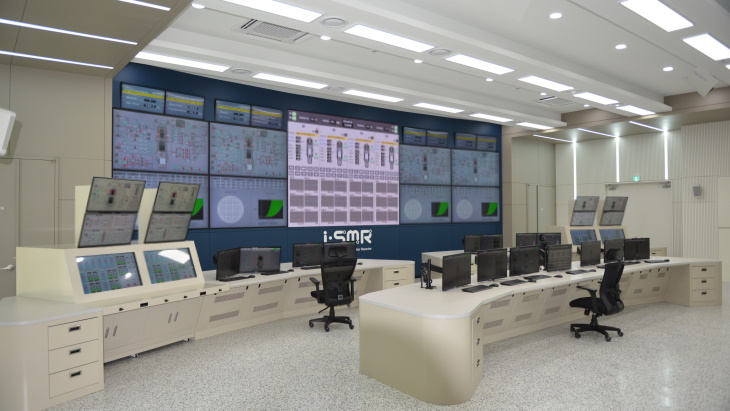
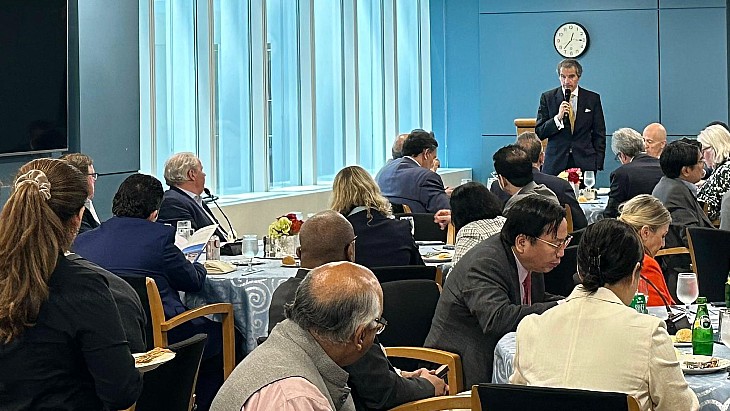

Sad news that is not directly relared (I hope) to this news, but... https://www.bbc.com/news/articles/cg6761ggxz1o
"A witness told the Dennik N website that she heard three or four shots and saw Mr Fico fall to the ground. She saw wounds to his head and chest."
😕